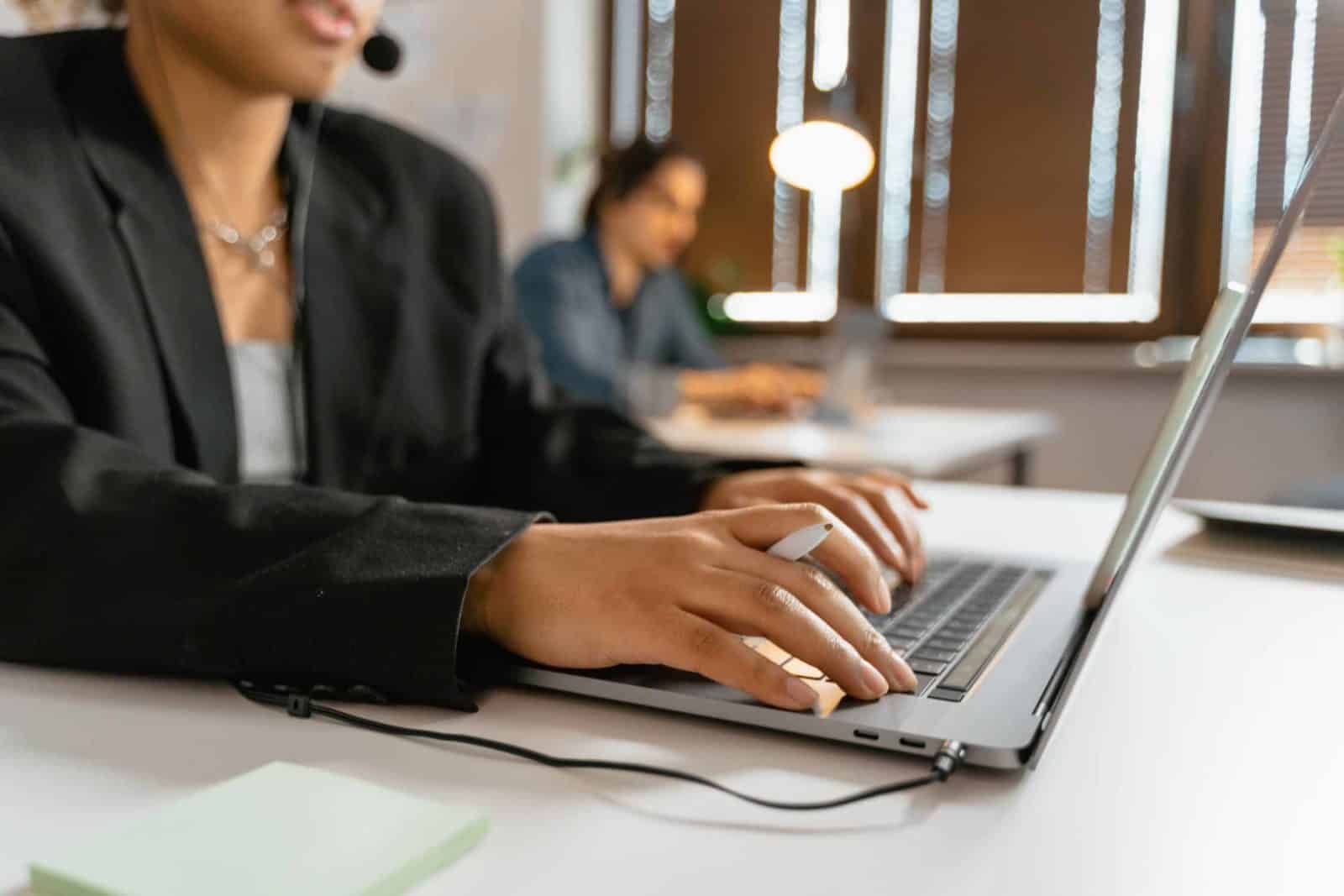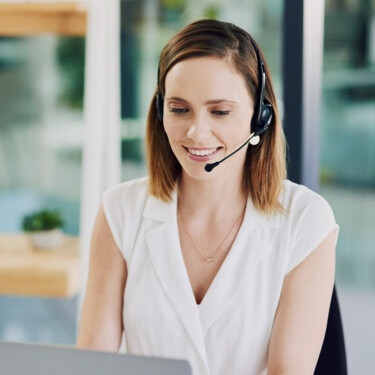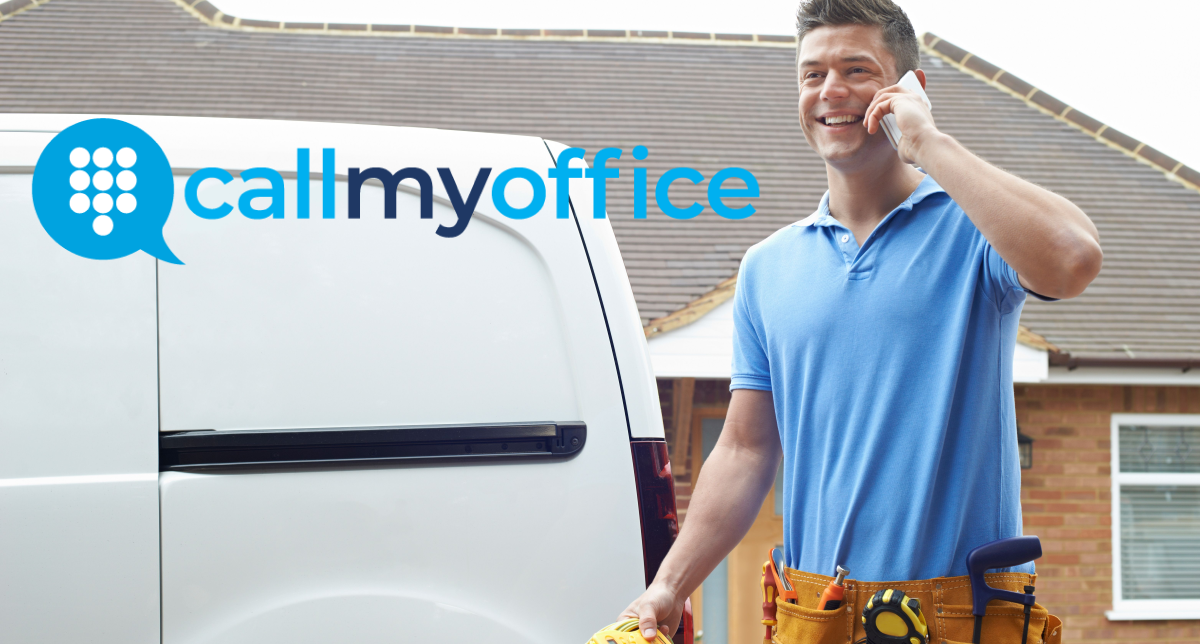All Categories
Featured
Table of Contents
- – A Best Virtual Receptionist - Answering Service...
- – What Is The Best 12 Best Telephone Answering S...
- – A Best Answering Services 101: Everything You ...
- – What Is The Best What Are Business Call Answe...
- – What Is The Best Phone Answering Services - R...
- – What Is The Best How Outsourced Phone Answer...
A Best Virtual Receptionist - Answering Service - Phone Answering
This gadget and its successors were developed by Sava Jacobson, an electrical engineer with a private consulting company. While early voice mail used magnetic tape innovation, a lot of contemporary devices utilizes strong state memory storage; some gadgets utilize a mix of both, with a solid-state circuit for the outgoing message and a cassette for the incoming messages.
"toll conserving" below) (business call answering service). This works if the owner is screening calls and does not want to speak to all callers. In any case after going, the calling celebration ought to be informed about the call having actually been responded to (in a lot of cases this starts the charging), either by some remark of the operator, or by some welcoming message of the little, or addressed to non-human callers (e.
This holds especially for the Little bits with digitally saved welcoming messages or for earlier devices (prior to the increase of microcassettes) with an unique limitless loop tape, different from a 2nd cassette, committed to recording. There have actually been answer-only gadgets without any recording capabilities, where the greeting message needed to inform callers of a state of present unattainability, or e (business answering service).
What Is The Best 12 Best Telephone Answering Service For Businesses In ... To Buy Right Now

about availability hours. In tape-recording Littles the greeting usually consists of an invitation to leave a message "after the beep". An answering device that utilizes a microcassette to tape-record messages On a dual-cassette answerphone, there is an outgoing cassette, which after the specified variety of rings plays a pre-recorded message to the caller.

Single-cassette answering machines consist of the outgoing message at the start of the tape and inbound messages on the remaining area. They initially play the announcement, then fast-forward to the next available area for recording, then record the caller's message. If there are lots of previous messages, fast-forwarding through them can cause a substantial hold-up.
This beep is frequently referred to in the greeting message, requesting that the caller leave a message "after the beep". Littles with digital storage for the tape-recorded messages do disappoint this delay, obviously. A little might provide a push-button control center, whereby the answerphone owner can call the home number and, by getting in a code on the remote telephone's keypad, can listen to tape-recorded messages, or delete them, even when far from home.
A Best Answering Services 101: Everything You Need To Know ...

Thereby the maker increases the number of rings after which it addresses the call (usually by 2, leading to four rings), if no unread messages are currently stored, but responses after the set number of rings (usually 2) if there are unread messages. This enables the owner to discover out whether there are messages waiting; if there are none, the owner can hang up the phone on the, e.
Some makers likewise permit themselves to be remotely activated, if they have actually been turned off, by calling and letting the phone ring a specific a great deal of times (usually 10-15). Some provider abandon calls already after a smaller sized variety of rings, making remote activation difficult. In the early days of Little bits a special transmitter for DTMF tones (dual-tone multi-frequency signalling) was regionally required for remote control, considering that the formerly used pulse dialling is not apt to communicate appropriate signalling along an active connection, and the dual-tone multi-frequency signalling was executed stepwise.
Any incoming call is not recognizable with regard to these residential or commercial properties in advance of going "off hook" by the terminal devices. So after going off hook the calls must be switched to appropriate devices and just the voice-type is immediately accessible to a human, but perhaps, nevertheless need to be routed to a LITTLE BIT (e.
What Is The Best What Are Business Call Answering Services? - Chalkboard To Buy Right Now
What if I told you that you do not have to actually get your gadget when addressing a customer call? Someone else will. So hassle-free, best? Addressing call does not require somebody to be on the other end of the line. Efficient automated phone systems can do the technique simply as effectively as a live agent and in some cases even much better.
An automatic answering service or interactive voice action system is a phone system that interacts with callers without a live person on the line - phone call answering. When business utilize this innovation, clients can get the answer to a concern about your company just by utilizing interactions set up on a pre-programmed call circulation.
Although live operators upgrade the client service experience, many calls do not require human interaction. An easy taped message or directions on how a consumer can recover a piece of information usually resolves a caller's immediate need - phone answering. Automated answering services are an easy and effective method to direct inbound calls to the ideal individual.
What Is The Best Phone Answering Services - Ruby Receptionist Services
Notification that when you call a business, either for assistance or product query, the very first thing you will hear is a pre-recorded voice welcoming and a series of options like press 1 for customer support, press 2 for inquiries, and so on. The pre-recorded alternatives branch out to other choices depending on the customer's choice.
The phone tree system helps direct callers to the best individual or department utilizing the keypad on a cellphone. In some circumstances, callers can use their voices. It's worth keeping in mind that auto-attendant choices aren't restricted to the 10 numbers on a phone's keypad. As soon as the caller has actually picked their very first alternative, you can design a multi-level auto-attendant that uses sub-menus to direct the caller to the ideal sort of support.
The caller does not have to communicate with a person if the auto-attendant phone system can handle their concern. The automated service can path callers to a staff member if they reach a "dead end" and require assistance from a live representative. It is pricey to work with an operator or executive assistant.
What Is The Best How Outsourced Phone Answering Service Can Help Your ... Holder For Car
Automated answering services, on the other hand, are significantly cheaper and offer considerable expense savings at an average of $200-$420/month. Even if you don't have dedicated staff to handle call routing and management, an automated answering service improves performance by allowing your team to focus on their strengths so they can more effectively invest their time on the phone.
A sales lead routed to client service is a lost shot. If a client who has product questions reaches the incorrect department or receives insufficient answers from well-meaning workers who are less trained to deal with a particular kind of question, it can be a cause of disappointment and discontentment. An automatic answering system can minimize the number of misrouted calls, thus assisting your employees make much better usage of their phone time while maximizing time in their calendar for other tasks.
With Automated Answering Systems, you can develop a customized experience for both your staff and your callers. Make a recording of your primary welcoming, and just update it regularly to show what is going on in your organization. You can create as many departments or menu alternatives as you desire.
Table of Contents
- – A Best Virtual Receptionist - Answering Service...
- – What Is The Best 12 Best Telephone Answering S...
- – A Best Answering Services 101: Everything You ...
- – What Is The Best What Are Business Call Answe...
- – What Is The Best Phone Answering Services - R...
- – What Is The Best How Outsourced Phone Answer...
Latest Posts
Reputable Phone Answering Service Near Me
Budget-Friendly Virtual Receptionist
Secure Dental Answering Service
More
Latest Posts
Reputable Phone Answering Service Near Me
Budget-Friendly Virtual Receptionist
Secure Dental Answering Service